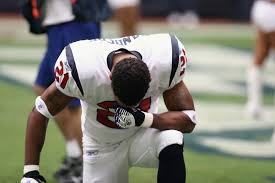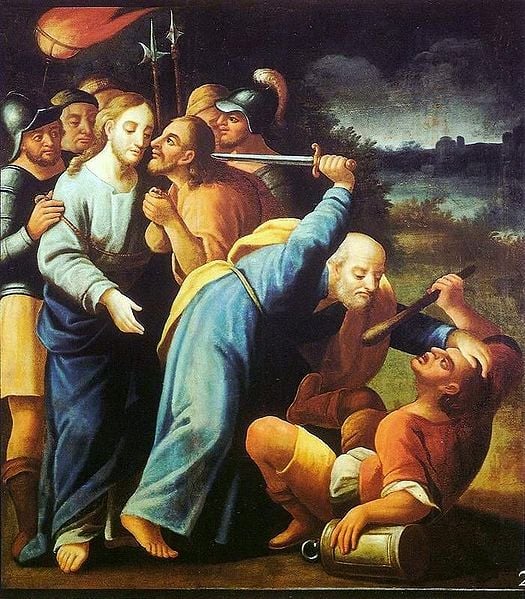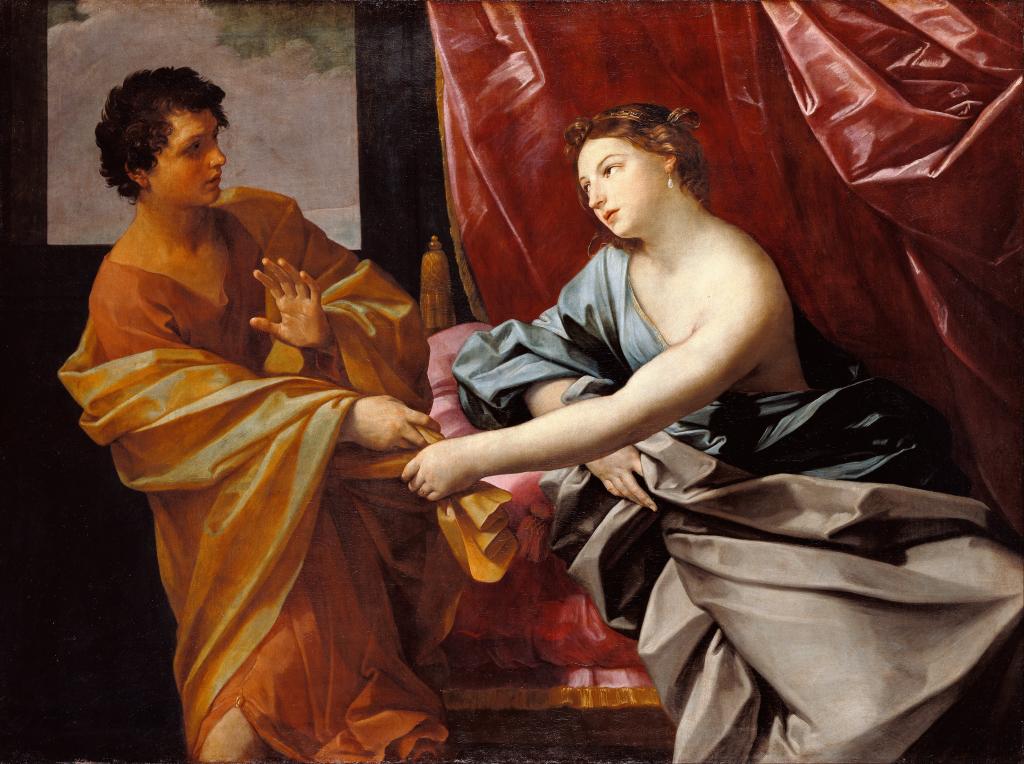
Months after Colin Kaepernick first started kneeling for the Anthem, I think it’s safe to say that most Americans are sick and tired of this debate. Depending on what stance they take, Americans are perhaps sick and tired for different reasons, but the consensus is the same for most of us: we’re sick of rehashing the same points, only for everyone to walk away with the same opinion they had going in. At the center of this debate is the question of whether Kaepernick’s protest is disrespectful to the armed forces. Across both mainstream and social media platforms, many veterans have weighed in to voice their support or opposition to this form of protest.
Last year even then-President Obama highlighted the US military when he commented on this debate:
“I want Mr. Kaepernick and others who are on a knee, I want them to listen to the pain that that may cause somebody who, for example, had a spouse or a child who was killed in combat, and why it hurts them to see somebody not standing. But I also want people to think about the pain that he may be expressing about somebody who’s lost a loved one that they think was unfairly shot.”
Frankly, I’ve always been baffled by the vitriolic reaction to a man kneeling during the Anthem, since kneeling strikes me as an extremely respectful gesture in the first place. But I want to put aside the question of whether it’s respectful or disrespectful to take a knee and focus instead on the criticism that has dominated this debate: the argument that it’s disrespectful to the military to protest during the Anthem. Because here’s the thing that far too many of us (and I include myself in this) have taken for granted: the assumption that the military is the primary thing symbolized by the Anthem, or Pledge of Allegiance, or even the Flag.
Perhaps you’re thinking, “But Emily, nobody said the military was the most important thing represented by the flag.” To which I say, then why the heck do we keep making the troops front and center in this argument? Why do all my veteran friends emphasize their status as a veteran before sharing their opinion on this issue? Now, I’m not saying everyone is making the military front and center in the argument. But a whole lot of people are. And I find that conflation of displaying patriotism and offering unquestioning loyalty to the US military downright dangerous.
Here’s an analogy that my Mormon readers will probably be able to relate to: the temple garment is constantly conflated with modesty. At least it is for women – last time I checked, nobody gave a hoot if they glimpsed the collar of my husband’s garment top beneath his T-shirt. And it’s a long-running joke between me and a certain male in-law that if it’s cool for him to walk around his house wearing his garment top like a t-shirt, maybe I’ll wear my garment tops like t-shirts the next time I visit.
But I’ve sat through countless Relief Society lessons where my fellow women argued for dressing modestly (specifically covering shoulders) by pointing to the design of the temple garment, which doesn’t allow for mini skirts, crop tops, or 90% of the clothing items my extremely-conservative Evangelical friends consider modest. I recall one particular lesson from before I had received my endowment (for any not-Mormons reading, it’s analogous to Catholics getting Confirmed) and thus before I’d begun wearing temple garments. While discussing modesty (kinda a pointless topic, as 99% of the class consisted of BYU students who were forced to dress modestly anyway), one woman who had received her Endowment said:
“Once you learn what the Garment represents, you understand why it’s so important to dress modestly.”
The comment seemed off to me at the time, but when I actually received my Endowment, the memory of that comment horrified me! At least 10 people in that room had received their Endowment already, and I had to wonder why none of them had spoken up and pointed out the flaws in that logic. Perhaps they were too nervous? Or perhaps they’d heard that logic so many times that they didn’t think to question it?
Putting aside the debate about whether we covenant to wear the garment or just agree to (which seems like a moot point – what is a covenant but an agreement?), nothing in the Endowment ceremony even mentions “modesty,” never mind linking modesty with the garment.
What does the temple garment represent? It contains specific symbols that the Endowment ceremony identifies and explains. None of those symbols are modesty. Never in the Endowment Ceremony are sleeves or crop tops or miniskirts mentioned. There are plenty of Church materials where those items are discussed, but the Endowment Ceremony ain’t one of ’em. Think about that.
So the garment isn’t, fundamentally, intended as a modesty enforcer. What it does represent is so much more significant than that one, tiny outward sign that popular Mormon culture likes to use when judging a person’s commitment to the Gospel. (Shout out to that awful “I’m proud of the fact that I judge you based on your clothing” article from Mormon Women Stand, which I’m not linking because, ya know, it’s a piece that brags about judging others).
And by the same token, the Pledge of Allegiance doesn’t mention a word about the military. Heck, the armed forces don’t even stand and put their hand over their heart like private citizens do – they salute it! So what connection does a private citizen’s display of patriotism have to do with their commitment to the armed forces?
Nothing.
That’s what it has to do with their commitment to the armed forces.
Absolutely nothing.
The military supports the ideals represented by those symbols, not the other way around. That’s why it’s an honor when a flag is draped over a deceased veteran’s grave – because the flag mattered to the veteran. Not because the flag = the veteran. It’s about the ideals the flag represented. Ideals the veteran fought for. Ideals the private citizens value for the sake of the ideals themselves. In short, the ideals matter a heck of a lot more than the piece of cloth or hand gestures we use to represent them.
At the end of the day, these exterior symbols don’t matter in and of themselves, so much as how they inspire us to treat others. If our love of everything the temple garment represents leads us to think less of those whose clothing suggests they don’t wear it – well, we’re kinda missing the point. And if our love of the ideals represented by the Anthem – or the Pledge of Allegiance or the American flag – leads us to openly insult people who don’t stand and put their hands over their heart – well, we’ve missed the point there too.
EDIT: It has been pointed out to me that the second verse of the National Anthem is more directly about the military. But that’s not the verse that is sung at sporting events. That’s not the verse most Americans even know or that gets released on albums. The main verse we sing is about the flag. The battle it mentions is sandwiched by lines about the flag, contextualized as the horror that the flag survived. So, I maintain my point that even when invited to stand for the Anthem, private US citizens are not asked to publicly declare their support for the military.











